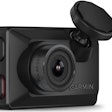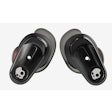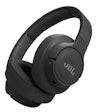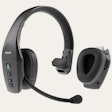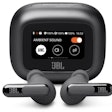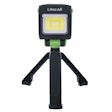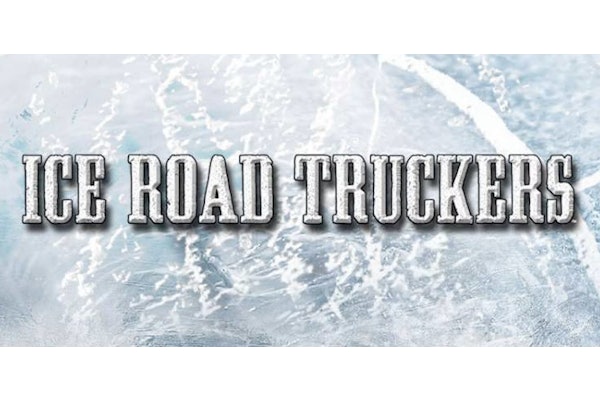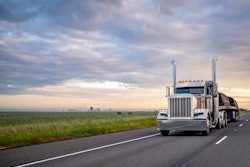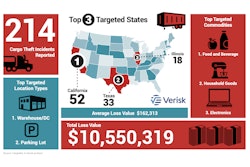Kim McDonnell
RoadPro Manager, Customer Experience
The late inventor of the CB radio, Al Gross, probably would have been thrilled by the first-of-its-kind RoadKing Hands-Free CB.
He might have never imagined that when he began tinkering in his garage in 1930 that one day there would be a CB that would provide voice-activated hands-free communication like the new RoadKing RKCBBT CB radio providing a seamless transition from your CB to your smartphone in one touch utilizing your Bluetooth headset.
Gross created the bulky, vacuum tube-powered CB in 1945. The original version had little resemblance to today's CB radios and nothing like the new RoadKing Hands-Free CB.
The CB's predecessor was a ground-to-air, battery-operated two-way radio created for use during World War II. After the war, Gross demonstrated it for the Federal Communications Commission, making the Citizens’ Radio Communications Service for private short-range radio transmissions.
The service was limited mainly to hobbyists, truckers, and contractors until the switch to solid-state electronics in the late 1960s made the radios smaller, lighter, and less expensive. During the oil crisis in the 1970s, their popularity exploded when the federal government imposed a nationwide 55 mph speed limit. Frustrated truckers used their CBs to find inexpensive gas and avoid speed traps.
The CB radio was only one facet of the public’s fascination with trucking. C.W. McCall’s “Convoy” hit No. 1 on the pop and country charts in 1975. Movies such as Smokey and the Bandit, Convoy and White Line Fever were in the theaters, and B.J. and the Bear and Movin’ On were on TV.
Newcomers adopted handles (inventor Gross went by Phineas Thaddeus Veeblefetzer) and installed CB radios in their wood-paneled station wagons while others monitored their base stations at home. Truckers found the airwaves suddenly crowded with people who wanted to chat, preach, tell dirty jokes, and generally waste time. Truckers, who used CBs for their intended purpose, were baffled by the craze and frustrated by the unnecessary noise.
In response to demand, the FCC in 1977 increased the number of bands to 40 from 23. Tinkerers modified their radios, often in violation of FCC regulations, to boost power and range.
In hindsight, CB radios were a precursor to social media. On Channel 19, people could assume new identities, communicate with friends and strangers, argue, and share whatever information they cared to pass on.
Like all fads, the CB radio craze eventually died out, and the novelty wore off for the general public.
Today truckers no longer solely rely on their CB to communicate. Cell phones let drivers stay in touch with family and friends, and driving apps and GPS units provide directions. But that doesn’t mean the CB is not still a necessary piece of equipment in the cab of your truck.
A CB radio is still considered one of the best safety tools for a truck driver, and as most drivers are aware, there are large sections of this country where cell phone reception is poor. A CB also is the fastest way to notify other drivers of traffic conditions, road hazards, and bad weather. Drivers can alert each other if they spot something wrong on a truck they pass. Plus, there is no monthly bill for using a CB.
Ask any veteran driver, and they will tell you that a CB is a critical piece of equipment to have in your cab, and they may even tell you a story or two of how the CB radio helped them out of a bad situation.
While the CB hasn’t changed much for the last few decades, RoadKIng’s introduction of the New RKCBBT CB radio is changing all that. This new CB allows you to pair your CB to your smartphone and Bluetooth headset for hands-free communication.
It is ready to go right out of the box. It includes the CB radio, RoadKing 940 noise-canceling Bluetooth headset, which is already paired to the radio, a dynamic 4-pin handheld CB microphone, and an optional Push to Talk button. The full-featured radio also has several other premium features, such as a 7-color display and NOAA weather alerts.
Considering buying a new headset and maybe need an upgrade in your CB radio? Then you will want to undoubtedly check out the New RoadKing CB radio, which will give you both. In most travel centers throughout the country, as of March 1, you will want to be one of the first to have this evolutional, first-of-its-kind product in your truck!
For more information on this new CB, visit www.roadprobrands.com and check out our video on the RoadKing RKCBBT (link to video)
CB TIMELINE
1945— Al Gross invents the CB radio. In response, the FCC creates personal radio services.
1960’s – Solid-state technology replaces vacuum tubes, making CBs cheaper, smaller, and lighter. Popularity grows among contractors, construction workers, and small businesses.
1969 – Channel 9 reserved for emergency use.
1973 – The oil crisis leads to a 55-mph nationwide speed limit.
1975 – C.W. McCall’s song “Convoy” hits No. 1 on the country, and pop charts help fuel the CB craze.
1977 – Smokey and the Bandit released. The number of CB bands increases from 23 to 40.
1980 – FCC drops widely ignored the requirement that CB operators be licensed.
2021 – RoadPro Family of Brands launches the NEW RoadKing RKCBBT CB Radio the first of its kind hands-free CB Radio

